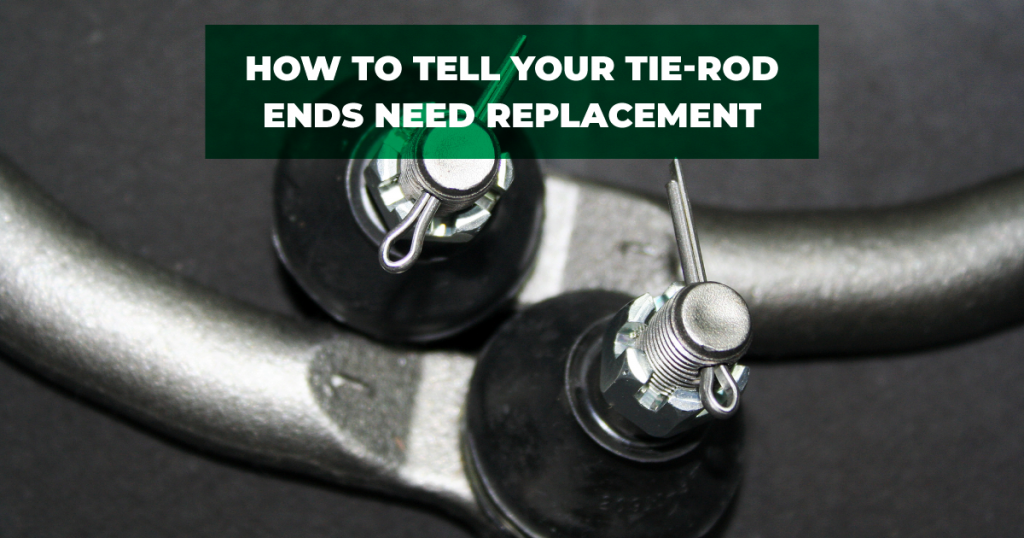Tie rod ends are a critical steering control element that are attached at the tip of the tie rod and connects the wheels of the vehicle with the steering and suspension components that permit the vehicle to steer.
Tie-rods wear out due to many factors including suspension impact, the vehicle being used in rough/murram surfaces, general wear/tear and age. Tie-rod bushes are the parts that get worn out quickly and one can easily tell when they are done as they produce a squeaky tone once the steering is turned to the direction of the worn-out tie-rod.
Tie-rod failure occurs at the 100,000-kilometre mark. Motorist are advised to replace the tie rod ends as a complete unit. Remember to have a wheel alignment once the tie-rods are replaced to ensure chamber and castor of front wheels are at manufacturer approved settings.
Indicators That Show Your Tie-rod Ends are Faulty
Vehicle pulls on the side of the affected wheel

One way one can tell if tie rod is worn out is when your vehicle wheels get out of alignment and the vehicle will subsequently drift either to the left or right when the vehicle is pointed straight.
Steering vibrates at the speed
While driving on the highway, steering play caused by worn tie-rods will generate vibrations that will be transmitted to the steering column. Typically, a tie-rod end that is wearing out will begin to vibrate at speeds as low as 30km/h and gradually increase as the vehicle accelerates.
This may also be an indication of a tire/wheel combination that has fallen out of balance or another suspension component that is broken. If you notice this symptom, it’s important to have a qualified mechanic inspect the entire front end to determine the precise cause of the issue and replace the parts that are causing the problem.
Uneven and excessive tire wear

During your regular vehicle service, ask your mechanic to check for unevenness of front tire wear. If the tires are worn out on the inner or outer parts it means the vehicle is out of alignment and could be caused by worn out tie-rod ends that mess up the suspension and steering geometry. This should be sorted out as soon as possible as it affects the handling of the car and can snap at any given time.
Excessive tire wear, like vehicle vibration in the steering wheel, may also be caused by other suspension components, which is a qualified mechanic should be called to properly inspect this condition.
Conclusion
The tie-rod ends of any vehicle provide stability and allow your car, truck or SUV to drive smoothly down the road and one should be observant to ensure such safety critical components are replaced as soon as possible, to ensure the safety of you and family.
